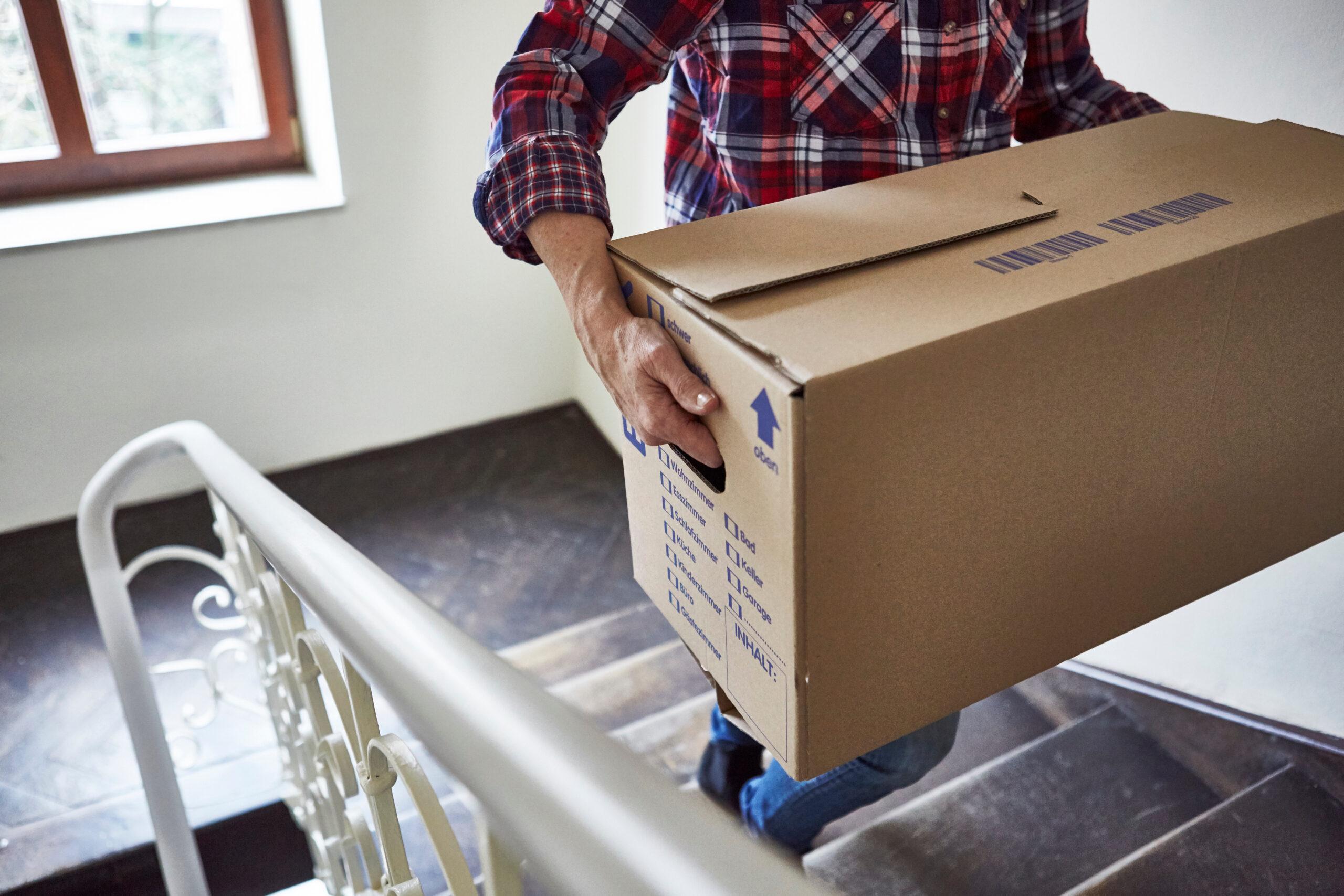To answer this question, we must refer to the control panel, i.e. the element that controls all the actions carried out by the lift when you call it for example: opening of doors, direction and speed of travel, etc. We can say that it constitutes the ‘brain’ of the installation.
At a general level and without going into detail, we can classify control panels according to two different aspects: on the one hand, the number of units connected to the control; on the other hand, the way in which calls are registered and answered.
Here we go!
Types of controllers according to the number of connected lifts
Although each lift always has its own controller, in installations with several machines, these can be coordinated when answering calls. The aim? To ensure that the available lift that takes the shortest time to reach our floor always comes to us. In this way, the traffic of people in the building is speeded up and each journey is optimised. In this classification, the controllers stand out:
Simplex
Each lift attends only its own calls.
Duplex
Formed by two coordinated controllers.
Triplex
Consists of three coordinated controllers.
Four, five and more connected controllers.
Types of controllers according to the way they register and handle calls
Here we can differentiate:
Universal controllers
The pushbutton panel in the cabin includes as many push buttons as landings, and on each landing there is another push button panel with a single push button. This type of controller only attends to one call, giving priority to lift cabin call over floor calls. This type of controller has a low performance and is only used in communities with few neighbours. It is also used in forklifts and platform lifts. However, if you remember, it was the type of controller that we offered to use temporarily during the hardest months of Covid-19 with the aim of always travelling without passengers in the lift to avoid contagions.
Selective downhill controllers
As many push buttons are installed in the cabin as there are floors and, on each landing, a push button panel. On the way up, the lift attends to the calls made from the cabin push button panel in order of proximity, thus the first call is the priority. When it finishes the requests of the users inside the cabin, it attends to the landing calls, starting from the highest registered call and descending to attend to the rest. When descending, it attends to the registrations made from the cabin button panel in order of proximity and, in addition, it stops at the landings that have made a call. This type of controller allows significant energy savings by avoiding unnecessary journeys. They are therefore much more efficient than universal controllers. In general, they are suitable for residential buildings with average traffic where the highest percentage of calls made from landings are to descend to the ground floor.
Collective uphill and downhill controllers
The control panel in the cabin has as many push buttons as there are floors. However, on each landing there is a device with two pushbuttons, one up and one down. The user must press the direction in which he/she wants to move and the machine responds to calls for transfers in the same direction. This type of controller has an excellent performance, and it is usually used in buildings where it is common to move between intermediate floors: hotels, hospitals, offices, shopping centres, etc. On the other hand, it is not recommended for residential buildings because misuse can lead to malfunctioning and ultimately very poor performance.
Benefits of modernising your lift operation
Given the importance of this element (don’t forget that it is the ‘brain’ of your lift), changing the control panel offers important advantages: fewer breakdowns, greater safety and reliability, noise reduction, lower consumption and even an increase in the learning capacity of your lift. Intelligent control panels detect movement patterns and are therefore able to stop the cabin on the floors with the highest use and occupancy during peak hours.
All these benefits can be multiplied if they are accompanied by a replacement of the frequency inverter and the tractor unit.
If you would like us to explain in detail what each of these modernisations would consist of, fill in this form and we will get back to you as soon as possible!
Basic information on data protection: In accordance with the GDPR and the LOPDGDD, FAIN ASCENSORES S.A. will process the provided data in order to contact you with the information you need. For more information about the processing of your data and to exercise your rights, please visit our privacy policy




